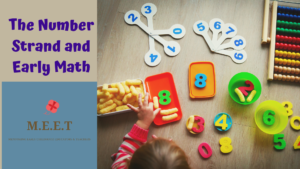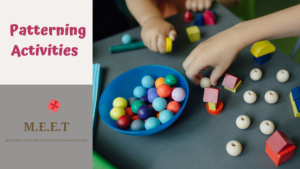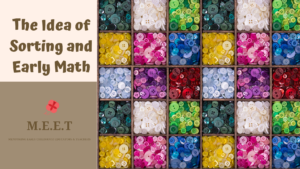Description
In this video and PDF resource we shall explore the algebra strand in math. That may sound ridiculous to introduce to our little children, but come to think of it algebraic thinking has a lot to do with patterns and generalizations. In fact patterns are one of the very first areas of mathematics that infants are capable of recognizing. Research has shown that infants can perceive auditory patterns that they heard in the womb (for instance their mothers voice and her heartbeat). Recently research also suggests that infants like to pay attention to visual patterns. A study in 2017
found that infants preferred the pattern of a human face (representations of two eyes with a mouth below) to other patterns!
So, infants are smart. But, how is that knowledge helpful to us? It turns out that much of our learning happens through making meaning from patterns in our environments. Children learn speech like that. They listen to you speak, recognize a pattern, make generalizations and speak themselves. Sometimes these generalizations are incorrect but it makes you realize that the child’s little brain is tuned into the pattern of language. For example you must have heard toddlers speak in sentences like I goes to the garden with my grandma. Now this toddler’s brain has tuned itself to the past tense rule of adding At the end of an action word to refer to something that has already happened. Â Children also begin to understand patterns of Cause-and-effect, like patterns where a specific action is followed by a specific result (e.g., Every time I throw the toy from my high chair, it makes an interesting noise. Every time the door bell
rings someone opens the door to let someone in )
So how are patterns related to algebraic thinking? Algebraic thinking is about recognizing attributes, seeing patterns, being able to understand relationships, make generalizations, extending the pattern and our little children do it all the time







Reviews
There are no reviews yet.